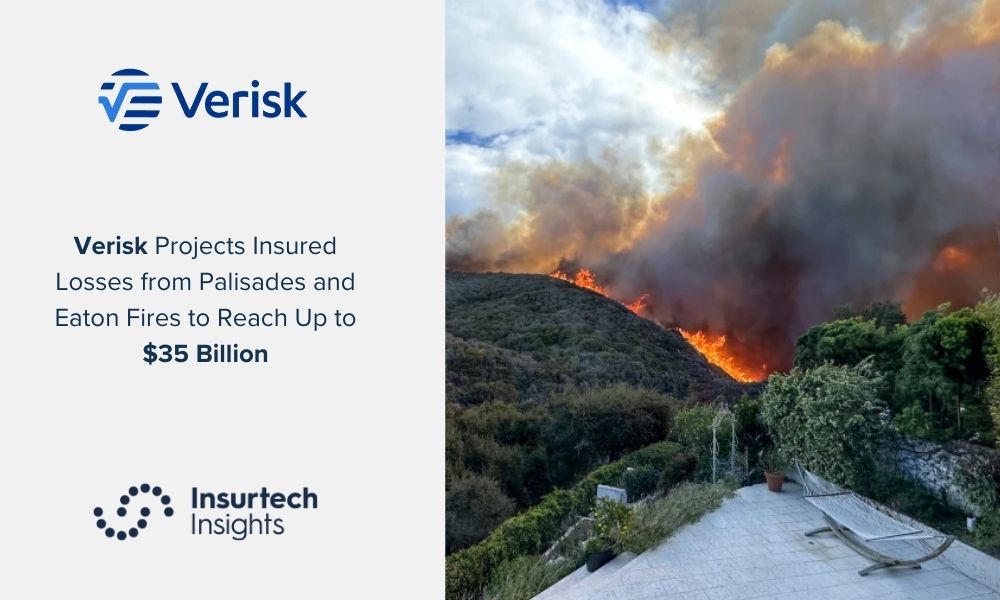The losses are projected to total between $28 billion and $35 billion, encompassing damage from fire and including claims covered under the California Fair Plan. Breaking down the total, Verisk estimates that losses from the Palisades fire will range from $20 billion to $25 billion, while those from the Eaton fire are expected to fall between $8 billion and $10 billion. The majority of these losses are attributed to residential properties.
The Palisades fire affected some of the most valuable properties in the nation, with significant claims for high-value contents, including jewelry, fine art, and luxury items. “The ongoing devastation from these deadly wildfires is truly heartbreaking,” said Rob Newbold, president of Extreme Event Solutions at Verisk. “We are advancing science and risk management to help communities build resilience against disasters like these catastrophic wildfires. Growing datasets and insights can support informed rebuilding efforts.”
Verisk conducted a demand surge analysis for the Los Angeles area, including Los Angeles and Santa Barbara counties, utilising its 360Value® Quarterly Residential Replacement Cost Index. The analysis accounts for increased construction costs due to the large-scale rebuilding required in the aftermath of the fires. Losses from debris removal are also expected to be substantial.
Verisk’s estimates cover damage to residential, commercial, and industrial properties, as well as automobiles. These estimates include losses for building and contents coverage, time element coverages, demand surge, debris removal, and insured take-up rates. However, the estimates exclude several factors, such as losses from smoke damage or other fires beyond the Palisades and Eaton incidents, litigation, social inflation, or fraudulent claims, guaranteed replacement cost coverage and ordinance or law coverage, and damage to uninsured properties, infrastructure, or costs like hazardous waste cleanup.
On January 2, Verisk became the first company to request a review of its U.S. Wildfire Model under California Insurance Commissioner Ricardo Lara’s new catastrophe modelling and ratemaking regulations, a cornerstone of the state’s Sustainable Insurance Strategy. The California Department of Insurance (CDI) granted the petition for model review on January 16, marking a key step in advancing the integration of catastrophe models into California’s insurance framework. This initiative is expected to enhance risk insights for natural disasters, improve insurance availability, and support sustainable insurance practices across the state.









